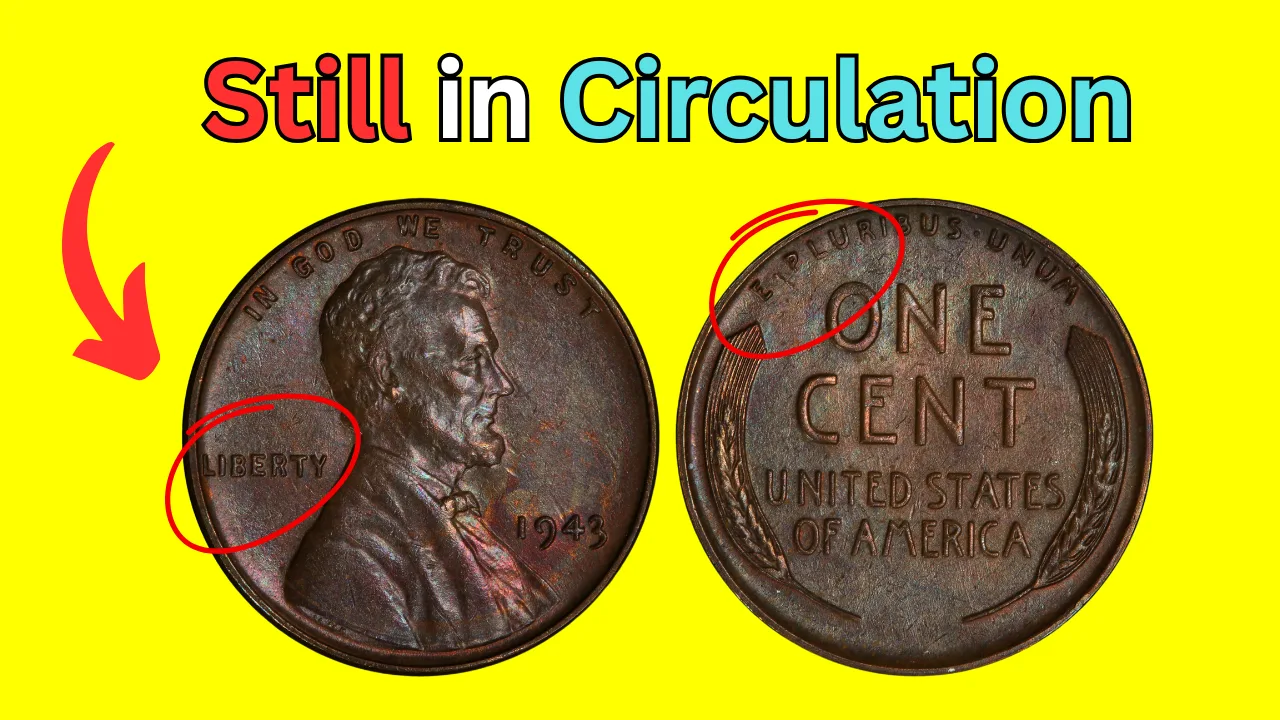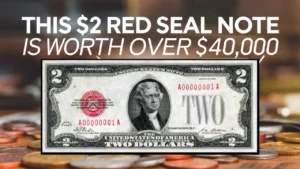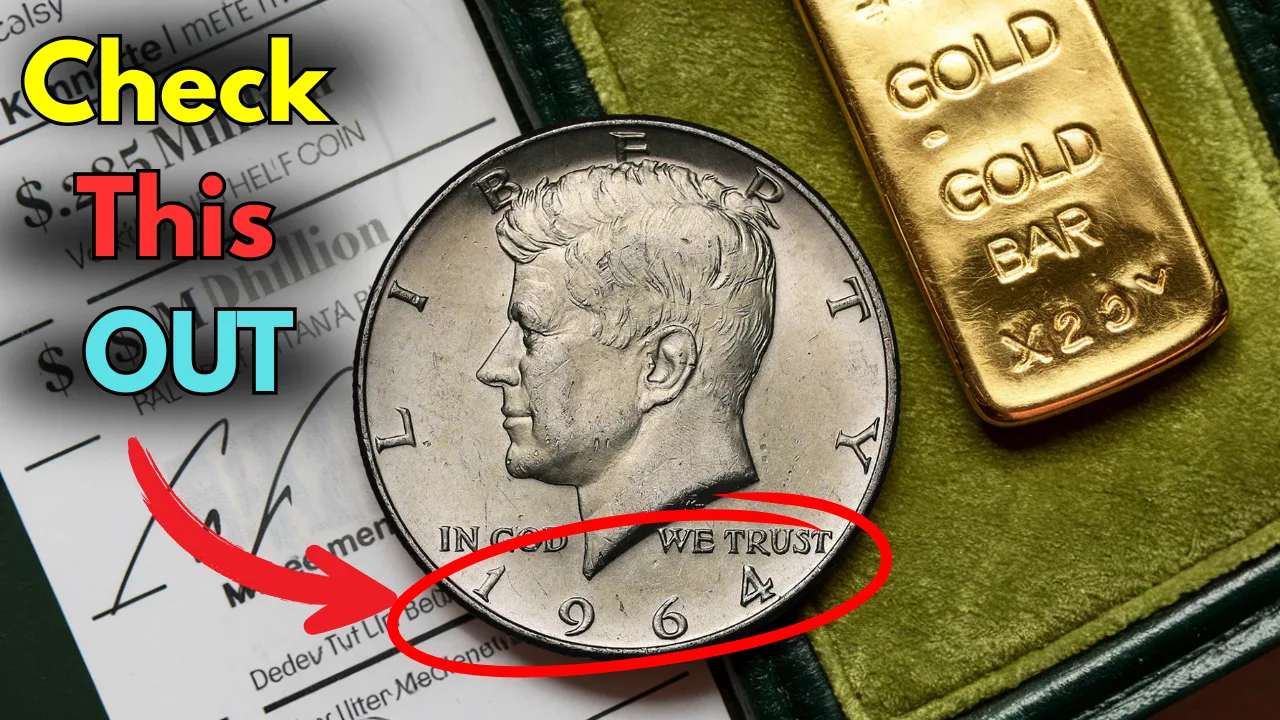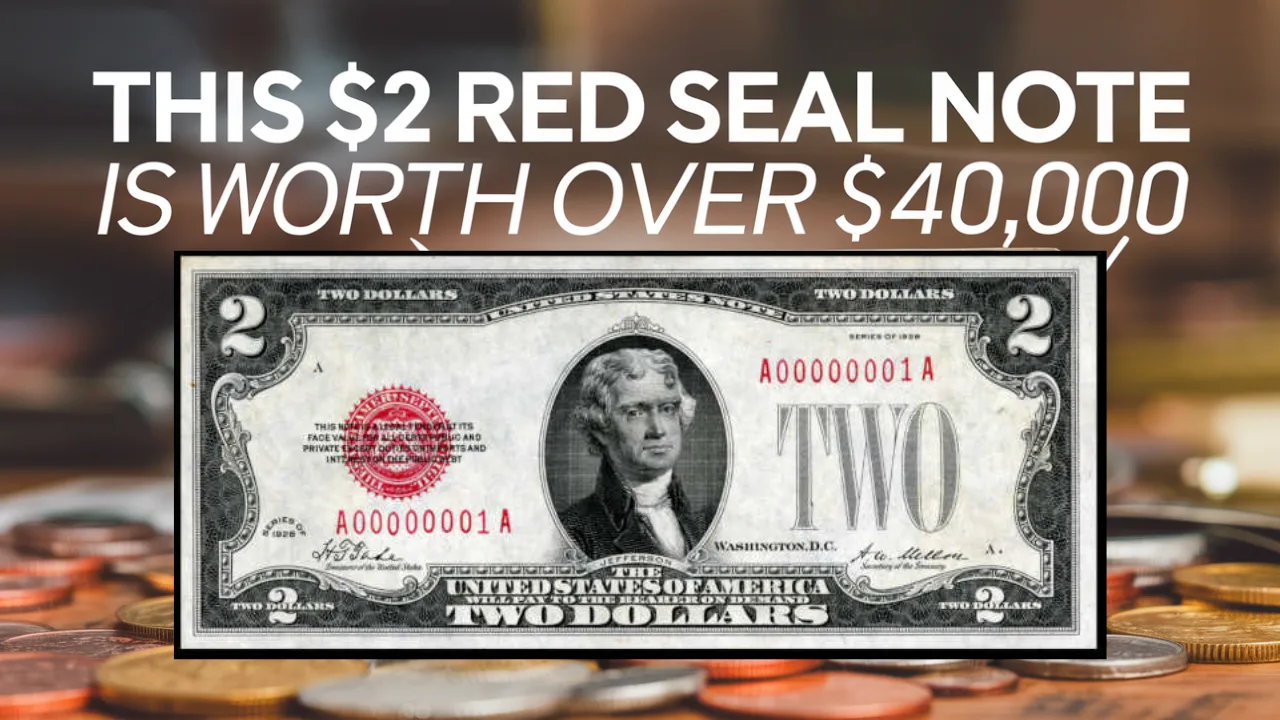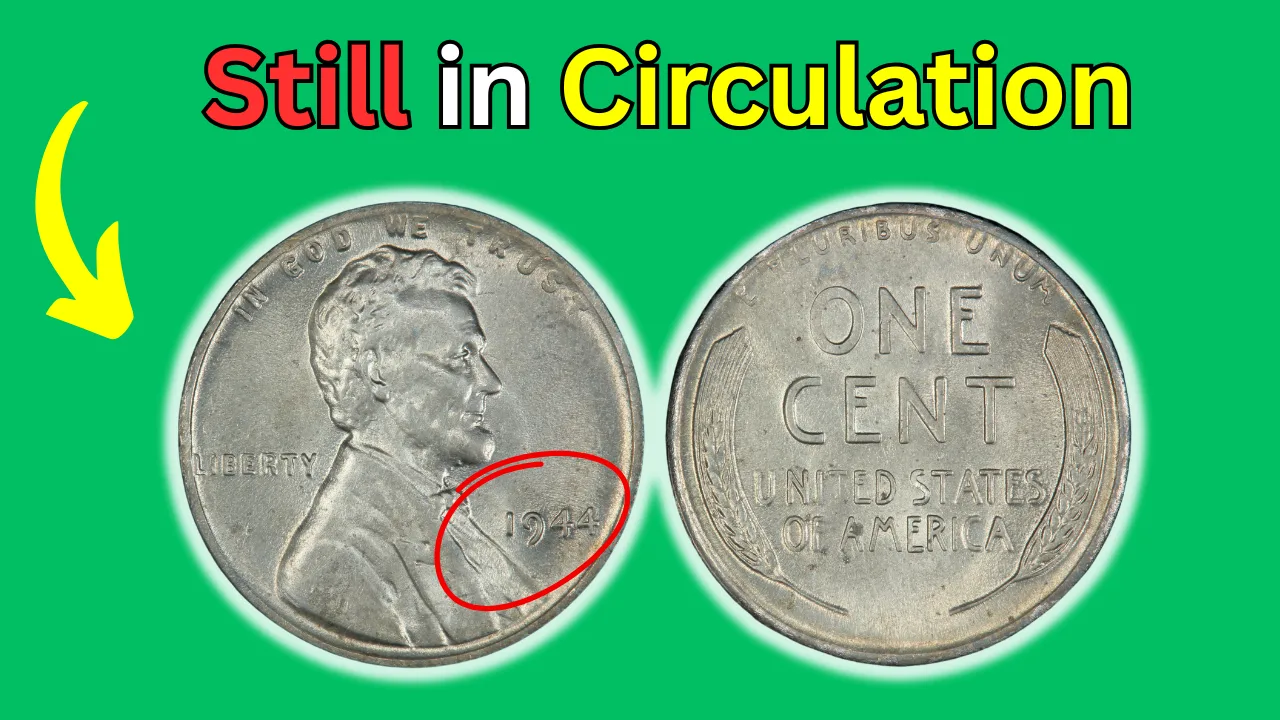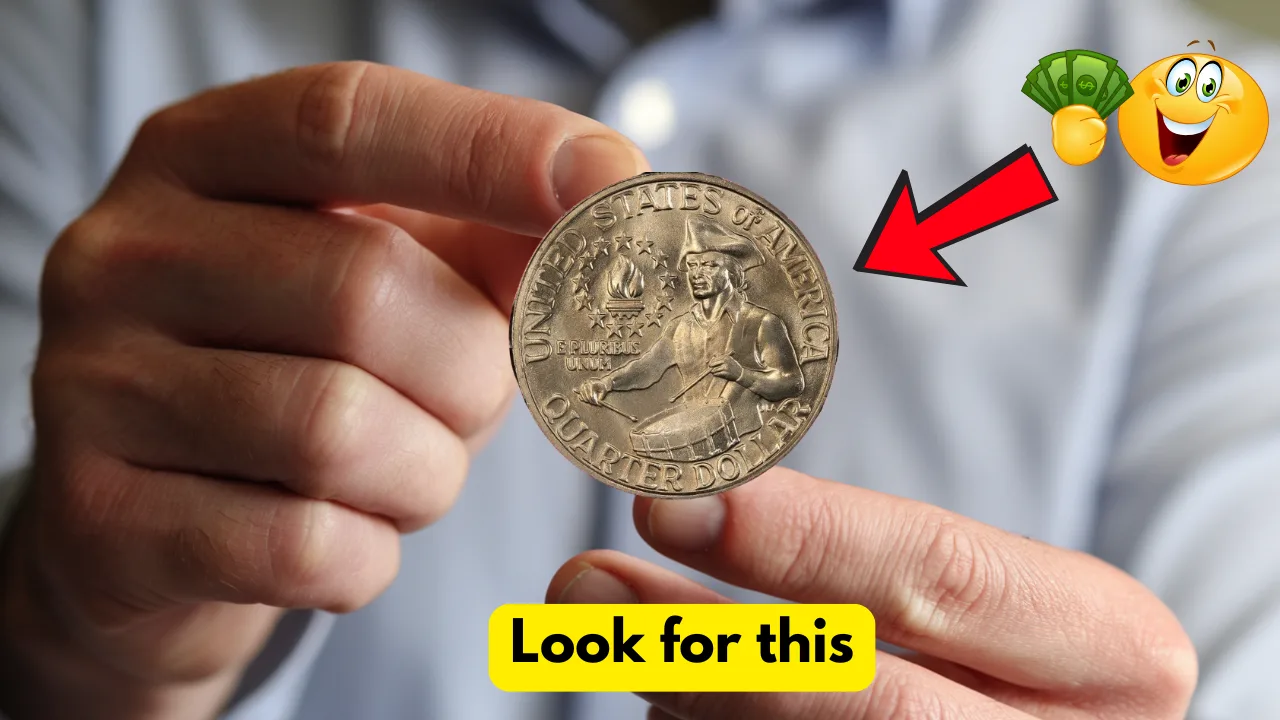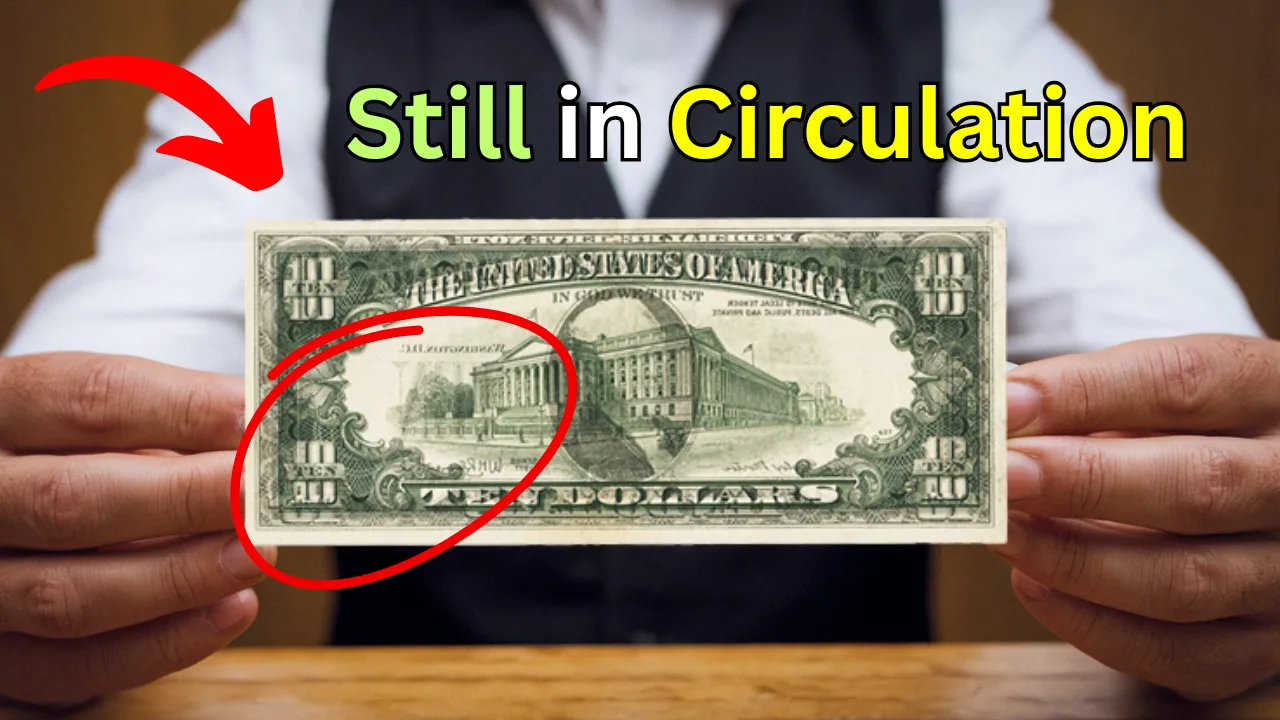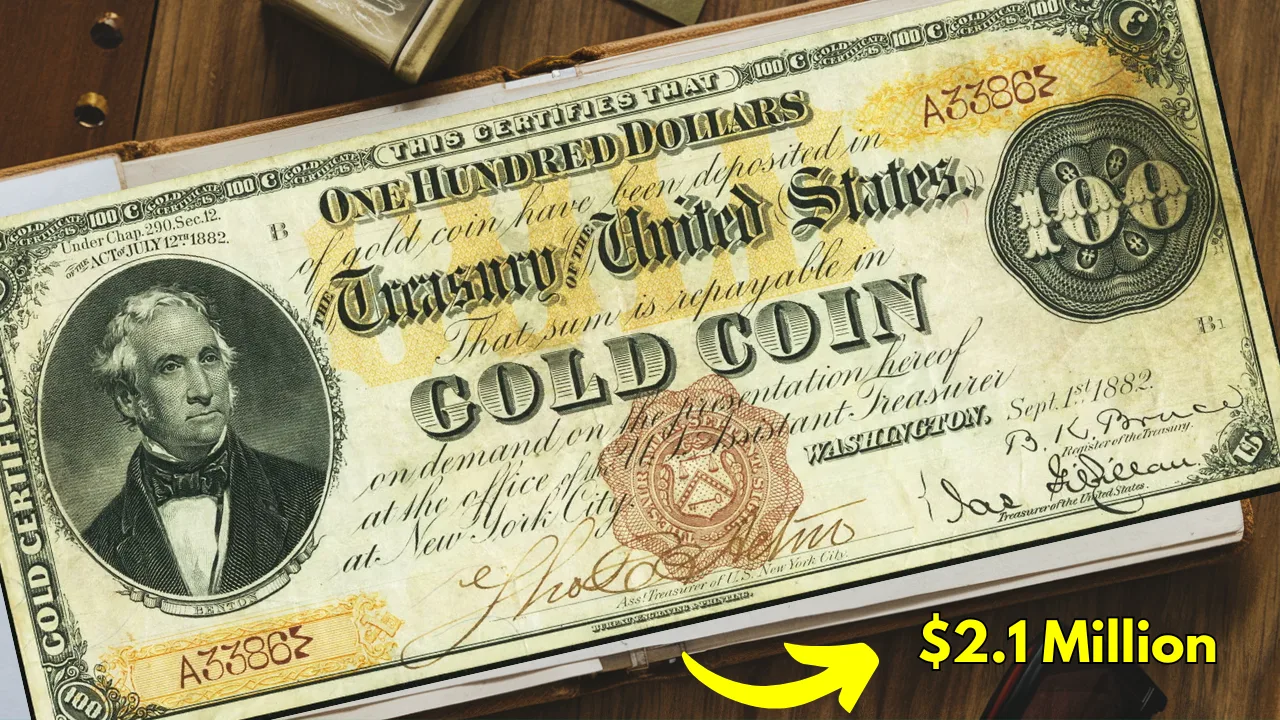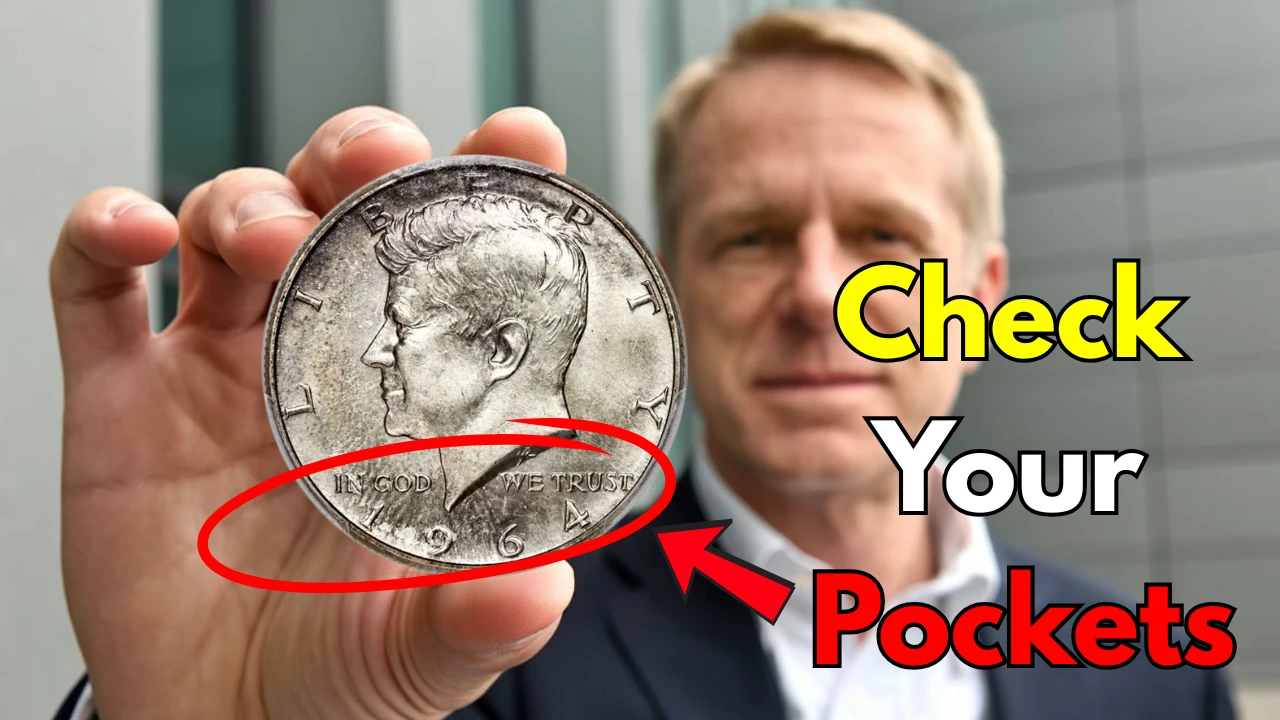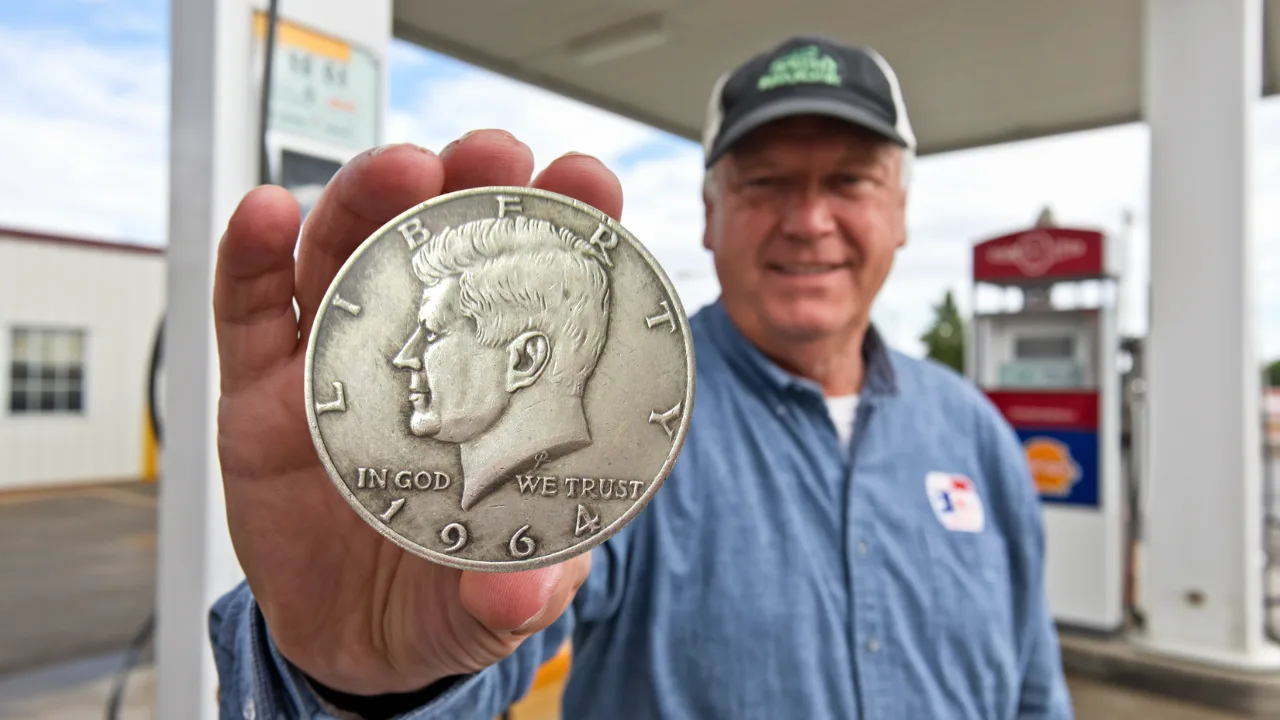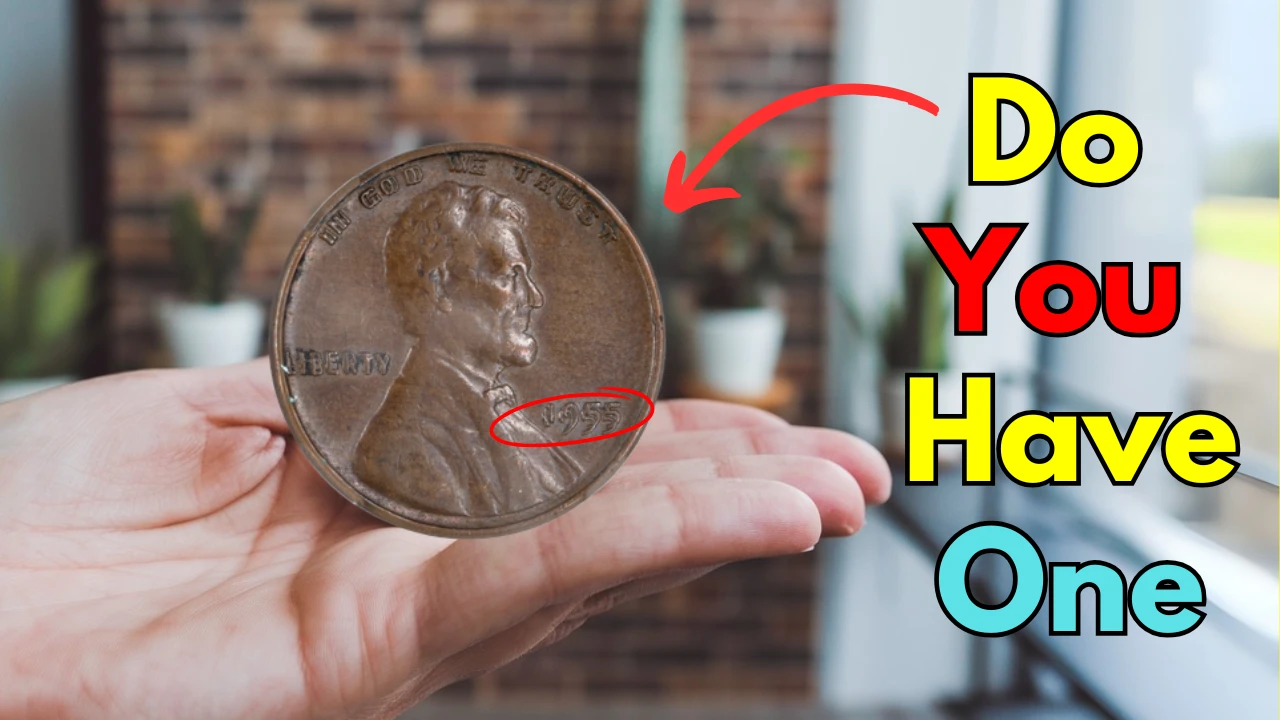In a surprising twist for coin enthusiasts and everyday Americans alike, a Lincoln Wheat Penny — one of the most common coins in U.S. history — has recently been valued at a jaw-dropping $2.613 million. Even more astonishing? Experts believe this rare penny might still be in circulation.
A Penny from the Past with an Unexpected Future
The Lincoln Wheat Penny was first introduced in 1909 to commemorate the 100th anniversary of President Abraham Lincoln’s birth. Minted until 1958, these coins are instantly recognizable by the two wheat stalks on their reverse side — hence the name “Wheat Penny.”
While most of these coins are only worth a few cents today, a handful of extremely rare variants have become prized collector’s items. One such coin, recently valued at over $2.6 million, has sparked intense interest after reports suggest it may have never been removed from circulation.
Why Is This Penny Worth Millions?
What makes this Lincoln Wheat Penny so valuable isn’t just age — it’s a rare combination of minting errors, low mintage, and pristine condition. According to numismatists, the coin is believed to be a 1943 Bronze Lincoln Wheat Penny, mistakenly struck in bronze when pennies that year were supposed to be minted in steel due to wartime metal shortages.
Only a handful of these bronze 1943 pennies exist. Most were believed to have been caught and melted down — but some, like this one, escaped into the hands of the public. If undetected, such coins could easily go unnoticed in spare change or old coin jars.
How It Was Identified
Coin experts were tipped off when a private collector brought in what appeared to be a normal wheat penny for evaluation. After detailed metallurgical testing and authentication, it was confirmed to be a genuine 1943 bronze variant. The coin’s excellent condition and historical rarity drove its market value up — eventually pegged at $2.613 million by top auction houses.
However, rumors have circulated that another identical specimen may still be in circulation, prompting collectors, hobbyists, and even curious citizens to check their coin jars and pocket change.
The Hidden Treasures in Your Change
This story serves as a reminder that rare coins don’t always live behind glass cases or in vaults. Sometimes, they’re quietly passed hand-to-hand, tossed into vending machines, or saved in piggy banks.
In recent years, the coin-collecting world has been buzzing with stories of high-value finds in everyday places — flea markets, yard sales, even gas stations. And now, with this Lincoln Wheat Penny still potentially circulating, interest has reached a fever pitch.
So, if you come across a 1943 penny — especially one that sticks to a magnet (steel) or doesn’t (bronze) — it might be worth a closer look. It could change your life.
FAQs
Q1: How do I know if I have a rare 1943 Lincoln Wheat Penny?
Check the date first — if it says 1943 and the penny appears bronze in color, it may be rare. To test, use a magnet. If it sticks, it’s made of steel and common. If not, it could be bronze — a potential million-dollar coin.
Q2: Where can I get a rare penny authenticated?
You can contact professional grading services like PCGS (Professional Coin Grading Service) or NGC (Numismatic Guaranty Corporation). They offer authentication and grading for a fee.
Q3: Are all Lincoln Wheat Pennies valuable?
Not all are valuable. Most Wheat Pennies are worth only a few cents unless they’re rare dates or mint errors. Key years include 1909-S VDB, 1914-D, and the 1943 bronze penny.
Q4: What should I do if I find an unusual-looking penny?
Keep it safe and avoid cleaning it. Contact a coin dealer or professional grader for a proper evaluation. Never sell it without verifying its authenticity.
Q5: Why are coins like this still in circulation?
Because many rare coins went unnoticed at the time they were minted, they were not removed from circulation. Over time, some have stayed hidden in everyday use, waiting to be rediscovered


